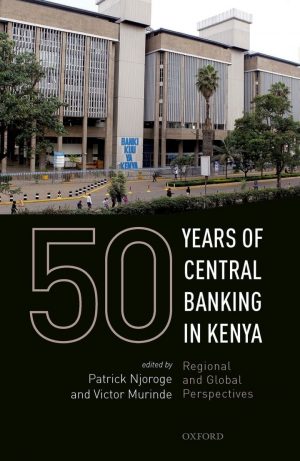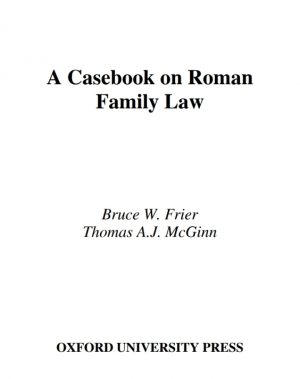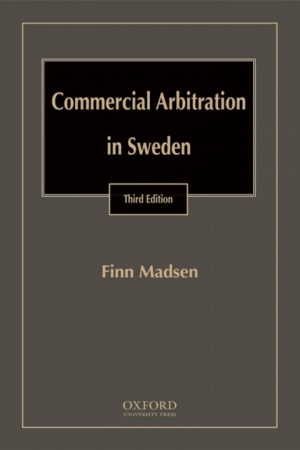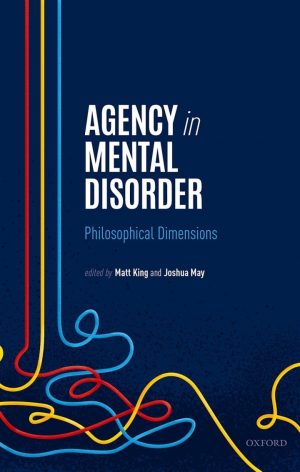Ideology, Psychology, and Law 1st Edition
$69.88
Attention: This is just ebook, Access Codes or any other Supplements excluded! / File Delivery: Sent Via Email within 24 hours!
Description
-
Author(s)Jon Hanson; John Jost
-
PublisherOxford University Press
-
FormatPDF
-
Print ISBN
9780199737512, 0199737517 -
eText ISBN
9780199737512, 0199737517 -
Edition1st
-
Copyright
- Details
Formally, the law is based solely on reasoned analysis, devoid of ideological biases or unconscious influences. Judges claim to act as umpires applying the rules, not making them. They frame their decisions as straightforward applications of an established set of legal doctrines, principles, and mandates to a given set of facts. As most legal scholars understand, however, the impression that the legal system projects is largely an illusion. As far back as 1881, Oliver Wendell Holmes, Jr. made a similar claim, writing that “the felt necessities of the time, the prevalent moral and political theories, intuitions of public policy, avowed or unconscious, even the prejudices which judges share with their fellow-men, have a good deal more to do than the syllogism in determining the rules by which men should be governed.”More than a century later, we are now much closer to understanding the mechanisms responsible for the gap between the formal face of the law and the actual forces shaping it. Over the last decade or so, political scientists and legal academics have begun studying the linkages between ideologies, on one hand, and legal principles and policy outcomes on the other. During that same period, mind scientists have turned to understanding the psychological sources of ideology. This book is the first to bring many of the world’s experts on those topics together to examine the sometimes unsettling interactions between psychology, ideology, and law, and to better understand what, beyond and beneath the logic, animates the law.
Related products
-

50 Years of Central Banking in Kenya
Rated 0 out of 5$40.62 Add to cart -

A Casebook on Roman Family Law
Rated 0 out of 5$28.60 Add to cart -

Commercial Arbitration in Sweden 3rd Edition
Rated 0 out of 5$146.25 Add to cart -

Agency in Mental Disorder Philosophical Dimensions
Rated 0 out of 5$26.00 Add to cart

